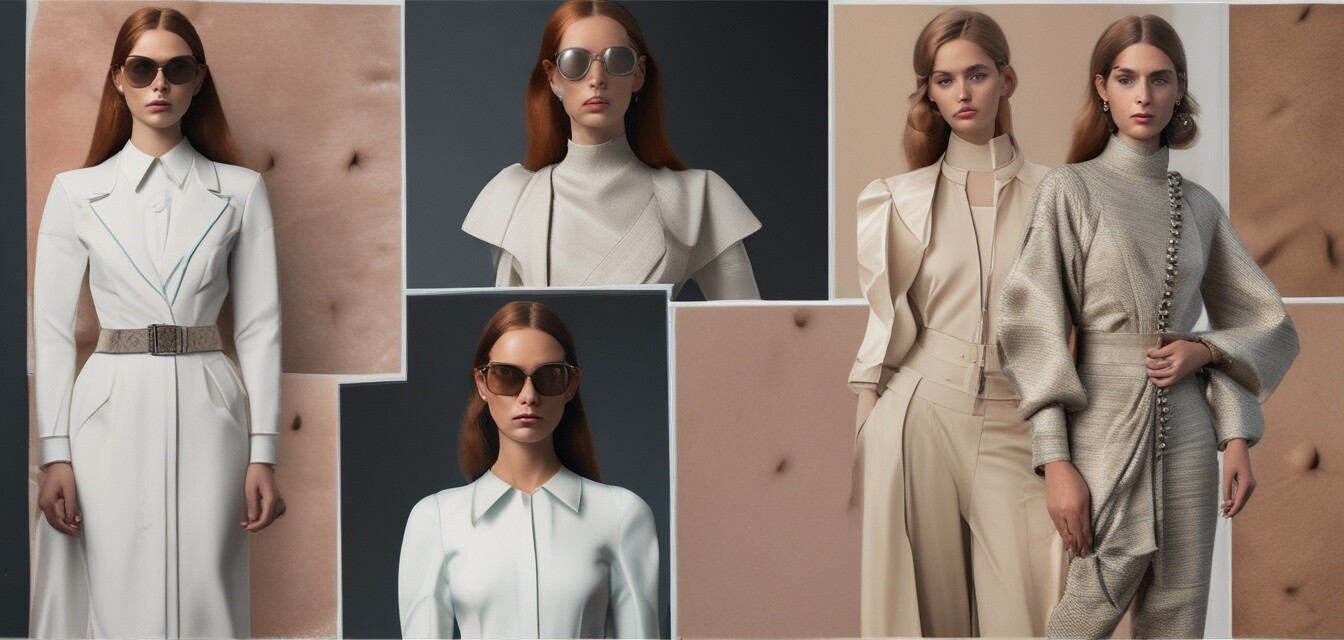
2025 Insights: Emerging Trends in High-End Fashion
Key Takeaways
- The rise of sustainable luxury brands is shaping consumer choices.
- Tech integration in fashion is expected to reach new heights.
- Designer collaborations continue to blend creativity with accessibility.
- Fashion events will evolve with a focus on virtual experiences.
- Personalization will be key to attracting high-end customers.
The luxury fashion industry is on the cusp of transformation as we look ahead to 2025. This article explores the emerging trends that are shaping high-end fashion, considering consumer preferences, technological advancements, and market dynamics. As brands adapt to these trends, understanding their impact will help enthusiasts and consumers alike stay ahead of the curve.
Sustainability: A Driving Factor
As awareness around environmental issues grows, the luxury sector is witnessing a significant shift towards sustainability. Many brands are committing to ethical practices and sustainable sourcing. Here's how sustainability is influencing luxury fashion for 2025:
| Trend | Description |
|---|---|
| Eco-friendly materials | Increased use of organic fabrics and recycled materials. |
| Transparency | Brands sharing their supply chain and production processes. |
| Limited editions | Creating exclusive collections to reduce waste. |
Integration of Technology
Technology is transforming the way luxury brands design and sell. Here are the major areas in which tech integration is anticipated to take center stage:
- Smart fabrics: Clothing that interacts with the environment or the wearer.
- Augmented Reality (AR): Enhancing the shopping experience with AR fitting rooms.
- Blockchain: Ensuring authenticity and traceability of luxury items.
Designer Collaborations
Collaboration between established designers and emerging talents is becoming a significant trend in luxury fashion. Such partnerships often lead to innovative designs and broaden brand appeal. Indie labels are also joining forces with luxury brands:
Pros
- Boosts creativity and innovation.
- Increases accessibility to high-end fashion.
- Attracts a new audience for luxury brands.
Cons
- Potential dilution of brand identity.
- Quality control can become a concern.
Virtual Fashion Events
As we adapt to a digital-first world, virtual fashion shows and events are likely to become the norm. This shift not only enhances accessibility but also opens up new ways of engaging with audiences:
| Event Type | Benefits |
|---|---|
| Live-streamed fashion shows | Wider reach and engagement with global audiences. |
| Virtual reality experiences | Immersive experiences for consumers from their homes. |
Customization and Personalization
Luxury consumers increasingly seek unique, personalized experiences. Brands are gearing up to offer tailored services to meet these desires:
- Custom fits and bespoke detailing for garments.
- Personalized shopping experiences using AI technology.
- Unique packaging options that reflect individual styles.
As the luxury fashion landscape unfolds, brands must stay attuned to these trends to remain relevant and attract discerning consumers. Staying updated with the latest innovations in luxury products will provide insights into the future of fashion. Explore other categories, including fashion accessories and high-end gadgets, for a comprehensive view of the luxury marketplace.
Conclusion
2025 promises to be an exciting year for high-end fashion. With sustainability, technology, and personalized experiences dominating, brands must innovate to capture the market's attention. Staying informed about emerging trends will help consumers make wise fashion choices, ensuring they remain sophisticated and stylish.

